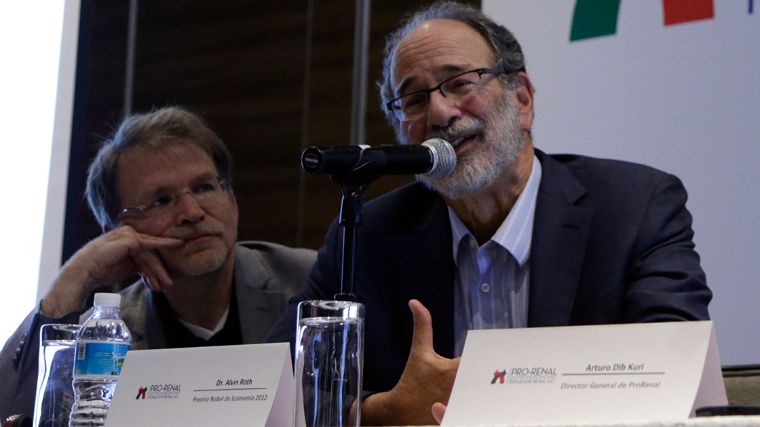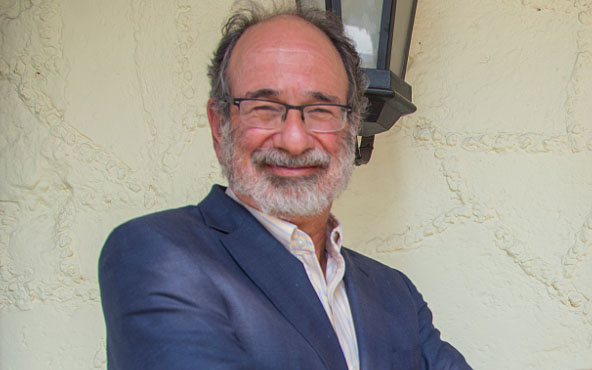I'll be speaking at The Plasma Protein Forum, June 12-13 in Washington D.C., on "REPUGNANT TRANSACTIONS AND FORBIDDEN MARKETS: DIFFERENT TISSUES, SAME ISSUES"
***********
Here are my blog posts on plasma, sorted by date (most recent first), going back to one from 2009.
Here's the whole program:
DAY ONE: JUNE 12, 2018
| 7:00 am–5:30 pm | Registration and Exhibit Hall Open | |||
| 7:00–8:30 am | Breakfast—Available in Exhibit Halls 1 & 2 | |||
| 8:30–8:45 am | WELCOME & “How Is Your Day?”Jan M. Bult, President & CEO, PPTA | |||
| 8:45–9:00 am | CHAIRMAN'S MESSAGE David Bell, Chair, PPTA Global Board of Directors; Executive Vice President & General Counsel, Grifols | |||
| 9:00–10:30 am | PERSPECTIVES: ACCESS TO CARE Moderator: Larisa Cervenakova, M.D., Ph.D., Medical Director, PPTA | |||
Speakers:
| ||||
| 10:30–11:00 am | BREAK | |||
| 11:00 am–12:30 pm | CURRENT INDUSTRY AND REGULATORY INITIATIVES IN THE AREAS OF INSPECTIONS AND DONOR HEALTH Moderator: John Delacourt, Vice President Legal Affairs & Global Operations, PPTA | |||
Speakers:
| ||||
| 12:30–2:00 pm | LUNCH—Buffet Available in Exhibit Halls 1 & 2 Sponsored by: | |||
| 2:00–4:00 pm | INTERNATIONAL ACCESS TO CARE LANDSCAPE Moderator: Jan M. Bult, President & CEO, PPTA | |||
Speakers:
| ||||
| 4:00 pm | BREAK – Ice cream social | |||
| 4:30 pm | Otto Schwarz Award presentation | |||
| 5:00 pm | REPUGNANT TRANSACTIONS AND FORBIDDEN MARKETS: DIFFERENT TISSUES, SAME ISSUES
| |||
| 5:45 pm | DAY 1 CLOSING ANNOUNCEMENTS | |||
| 5:45–7:30 pm | Reception  | |||
DAY TWO: JUNE 13, 2018
| 7:30 am–1:00 pm | Registration and Exhibit Hall open | |
| 7:30–8:30 am | Breakfast—Available in Exhibit Halls 1 & 2 | |
| 8:30–8:35 am | WELCOME Joshua Penrod, J.D., Ph.D., Vice President, Source & International Affairs, PPTA | |
| 8:35–8:50 am | SOURCE DIVISION OUTLOOK Roger Brinser, Chair, PPTA Source Board of Directors; Director, Regulatory, BioLife Plasma Services/Shire | |
| 8:50–11:00 am | CURRENT CHALLENGES Moderator: Joshua Penrod, J.D., Ph.D., Vice President, Source & International Affairs, PPTA | |
Speakers:
| ||
| 11:00–11:30 am | BREAK | |
| 11:30 am–1:00 pm | CAN COUNTRIES DELIVER ON THEIR OWN? Moderator: Julia Fabens, Senior Manager International Affairs, PPTA | |
Speakers:
| ||
***********
Here are my blog posts on plasma, sorted by date (most recent first), going back to one from 2009.














